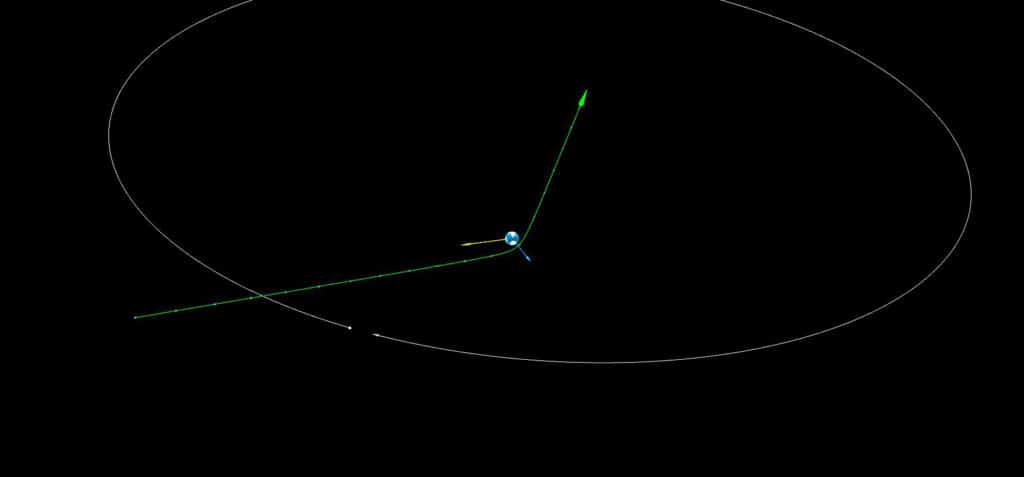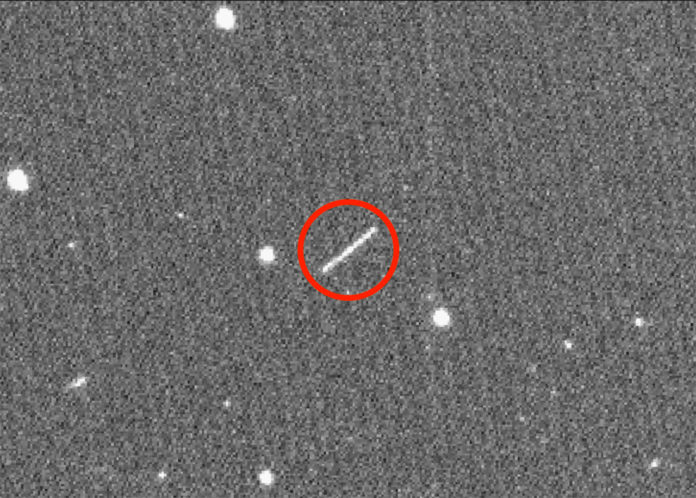On August 16, the Zwicky Transient Facility (ZTF), a robotic survey camera situated at Palomar Observatory close San Diego, was recognized as an asteroid that had, only hours earlier, voyaged just 1,830 miles (2,950 kilometers) over Earth’s surface. Named as 2020 QG, it is the closest known asteroid to fly by Earth without affecting the planet.
The past known record-holder is asteroid 2011 CQ1, found by the Catalina Sky Survey in 2011, which went above Earth around 1,550 miles (2,500 kilometers) higher than 2020 QG.
Asteroid 2020 QG is about 10 to 20 feet (3 to 6 meters) across. It was not big enough to damage even if it had been pointed at Earth; instead, it would have burned up in our planet’s atmosphere.

ZTF co-investigator Tom Prince, the Ira S. Bowen Professor of Physics at Caltech and a senior research scientist at JPL, Caltech manages for NASA said, “The asteroid flew close enough to Earth that Earth’s gravity significantly changed its orbit.”
George Helou, ZTF co-investigator and director of IPAC, an astronomy center, at Caltech said, “ZTF’s large field of view and rapid data processing allows it to find rare asteroids like this that other telescopes might not find.”
Kunal Deshmukh, a student at the Indian Institute of Technology Bombay, identified Asteroid 2020 QG, while scanning images and Kritti Sharma, also at the Indian Institute of Technology Bombay, and Chen-Yen Hsu at National Central University in Taiwan.

Bryce Bolin, a postdoctoral scholar in astronomy at Caltech and a member of the ZTF team, said, “A lot of the streaks are satellites, but we can quickly go through the best images by eye to find the actual asteroids. This latest finding demonstrates that ZTF can be used to locate objects very close to Earth on potentially impacting trajectories.”
After the ZTF team reported their finding to the International Astronomical Union Minor Planet Center, several telescopes followed up to learn more about the asteroid’s size and orbit.
